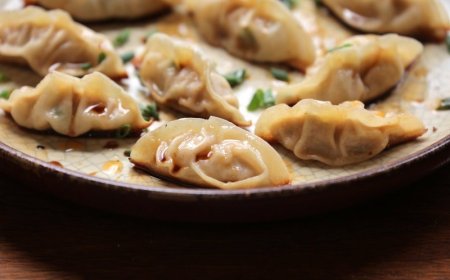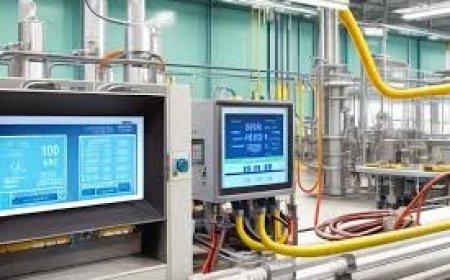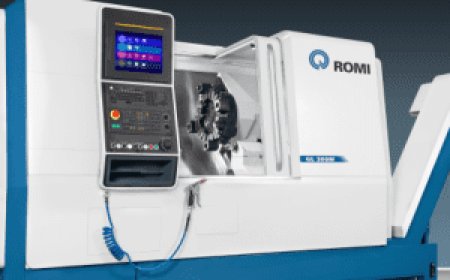Setting up a E-Rickshaw Manufacturing Plant Project Report: Industry Trend and Business Plan

IMARC Groups E-Rickshaw Manufacturing Plant Project Report 2025: Industry Trends, Plant Setup, Machinery, Raw Materials, Investment Opportunities, Cost and Revenue report provides a comprehensive guide on how to successfully set up a e-rickshaw manufacturing plant. The report offers clarifications on various aspects, such as unit operations, raw material requirements, utility supply, infrastructural needs, machinery models, labour necessities, transportation timelines, packaging costs, etc.
In addition to the operational aspects, the report also provides in-depth insights into e-rickshaw manufacturing plant setup cost, project economics, encompassing vital aspects such as capital investments, project funding, operating expenses, income and expenditure projections, fixed and variable costs, direct and indirect expenses, expected ROI, net present value (NPV), profit and loss account, and thorough financial analysis, among other crucial metrics. With this comprehensive roadmap, entrepreneurs and stakeholders can make informed decisions and venture into a successful e-rickshaw manufacturing unit.
Request a Sample Report: https://www.imarcgroup.com/e-rickshaw-manufacturing-plant-project-report/requestsample
What is E-Rickshaw?
An E-Rickshaw, also known as an electric rickshaw, is a battery-powered three-wheeled vehicle commonly used for short-distance public transportation. It operates using an electric motor and rechargeable batteries, making it an eco-friendly alternative to traditional auto-rickshaws that run on petrol or diesel. These vehicles are especially popular in urban and semi-urban areas of countries like India, Bangladesh, and Nepal, where they offer a cost-effective and sustainable transport option. E-Rickshaws are known for their low maintenance costs, zero tailpipe emissions, and quiet operation. Typically, they can carry 3 to 4 passengers and are ideal for last-mile connectivity. Their increasing adoption is also helping reduce urban air pollution and reliance on fossil fuels. With a simple design, ease of use, and affordable fares, E-Rickshaws are becoming a crucial part of the evolving public transportation system in many developing nations.
Market Trend and Drivers of E-Rickshaw:
The E-Rickshaw is driven by an electric motor powered by a rechargeable battery, usually a lead-acid or lithium-ion type. These batteries are charged through conventional electric outlets and provide energy to run the motor, which propels the vehicle. The motor converts electrical energy into mechanical energy, enabling the E-Rickshaw to move smoothly without the need for fuel combustion. The vehicle's speed and acceleration are controlled via a throttle mechanism on the handlebars, similar to that of a scooter. Typically, the motor is located near the rear axle and is directly connected to the drivetrain, which reduces mechanical complexity and increases efficiency. E-Rickshaws usually run on 48V or 60V systems, and a full battery charge can last anywhere from 80 to 100 kilometers, depending on load and terrain. Their lightweight design and energy-efficient motors make them well-suited for slow-speed urban mobility, making them both economical and environmentally sustainable.
Key Aspects to Setup a E-Rickshaw Plant:
- Location to Setup Plant
- Market Research
- Plant Layout
- Construction and Infrastructure
- Equipment/Machinery Procurement
- Documentation and Licenses
- Cost Analysis
Requirements to Setup a Facility:
- Funds
- Machinery
- Lands
Types of Costs to Setup a Factory:
- Land, Location and Site Development Cost
- Plant Layout Cost
- Machinery Requirements and Costs
- Raw Material Requirements and Costs
- Packaging Requirements and Costs
- Transportation Requirements and Costs
- Utility Requirements and Costs
- Human Resource Requirements and Costs
Project Economics:
- Capital Investments
- Operating Costs
- Expenditure Projections
- Revenue Projections
- Taxation and Depreciation
- Profit Projections
- Financial Analysis
Key Questions Answered in the Report:
- How has the e-rickshaw market performed so far and how will it perform in the coming years?
- What is the market segmentation of the global e-rickshaw market?
- What is the regional breakup of the global e-rickshaw market?
- What are the price trends of various feedstocks in the e-rickshaw industry?
- What is the structure of the e-rickshaw industry and who are the key players?
- What are the various unit operations involved in a e-rickshaw manufacturing plant?
- What is the total size of land required for setting up a e-rickshaw manufacturing plant?
- What is the layout of a e-rickshaw manufacturing plant?
- What are the machinery requirements for setting up a e-rickshaw manufacturing plant?
- What are the raw material requirements for setting up a e-rickshaw manufacturing plant?
- And more
How IMARC Can Help?
IMARC Group is a global management consulting firm that helps the worlds most ambitious changemakers to create a lasting impact. The company provide a comprehensive suite of market entry and expansion services. IMARC offerings include thorough market assessment, feasibility studies, company incorporation assistance, factory setup support, regulatory approvals and licensing navigation, branding, marketing and sales strategies, competitive landscape and benchmarking analyses, pricing and cost research, and procurement research.
Services:
- Plant Setup
- Factoring Auditing
- Regulatory Approvals, and Licensing
- Company Incorporation
- Incubation Services
- Recruitment Services
- Marketing and Sales
Contact Us:
IMARC Group
134 N 4th St. Brooklyn, NY 11249, USA
Email: sales@imarcgroup.com
Tel No:(D) +91 120 433 0800
United States: +1-631-791-1145









































